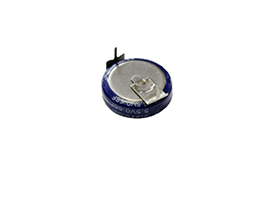Consulting phone:
135-3037-2041
(Mr.Wang)
A tax-controlled cash register is a legal and non-destructive cash register with a tax calculation function. It is equipped with a tax calculation memory that is automatically recorded but cannot be changed or erased. It records daily business data and tax payable, which is a voucher for paying tax to the tax payment authority.

Information such as the records of the goods sold by the taxpayers in the tax-controlled cash register and the relevant time can be kept in the machine for 5 to 10 years, and cannot be corrected or eradicated. The relevant data is read out by the tax department with a special IC card for inspection. Each tax-controlled cash register is issued and processed by the tax department. This tax-controlled cash register has a power-off maintenance function, that is, when there is a sudden power failure, it can still store data, and can carry out the operation process of IC card reading and writing in a short time. At this time, a backup power supply is required for maintenance. There are two solutions for backup power: supercapacitors and batteries. Compared with batteries, supercapacitors have the characteristics of large discharge current, long cycle life, and green environmental protection.

The use of supercapacitors enhances the reliability of tax-controlled cash registers, eliminating the need for battery maintenance and replacement every 2-3 years. When the power is turned off, the supercapacitor supplies energy to the control circuit, and the CPU can perform the data storage process in a short time. After the read and write is completed, the capacitor supplies an instantaneous pulse current (several A) to eject the IC card.